|
The Hawai'i Corrosion Laboratory (HCL) is involved in corrosion research of advanced materials, coatings, and electronics. Research is conducted in a facility with a wide array of corrosion, electrochemical, microscopy, and analytical capabilities. Corrosion is also studied in a multitude of natural environments. A major goal is to understand the correlation between electrochemical testing, accelerated corrosion testing, and performance in natural environments. Please watch the short video below, featured at the 2016 Materials Research Society (MRS) Sping Meeting, produced by WebsEdgeEducation. |
||
|
||
Testing in Hawai'i's Variety of MicroclimatesHawai'i is perhaps one of the World’s best natural laboratories based on its varied climatic zones and environmental conditions in a relatively small region. The mountainous topography of the Hawai'ian Islands makes the climate one of the most spatially varied on Earth, and represents a miniature continent (T.W. Giambelluca, and T.A. Schroeder, “Climate,” Chapter in Atlas of Hawaii, Third Edition, ed. by S.P. Juvik, and J.O. Juvik, University of Hawaii Press, 1998.). Rainfall, solar radiation, temperature, humidity, and wind vary significantly over relatively short distances. Humid tropical rain forest including the World’s wettest spot, arid and semi arid deserts, temperate, and frozen alpine ecosystems all exist in Hawai'i. In addition, environmental conditions such as marine (ranging from mild to severely corrosive), volcanic, rural, etc. also contribute to the state's variety of climates. |
||
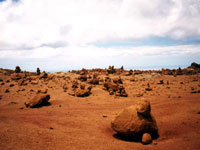 |
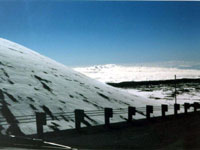 |
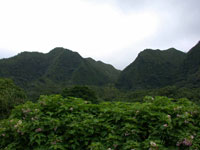 |
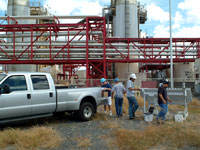 |
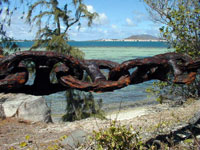 |
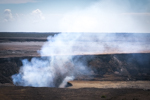 |
Hawai'i’s unique climate and environment provided the HCL an opportunity to establish a network of 10 atmospheric corrosion test sites, representing a wide range of climatic zones and environmental conditions. The sites are located in agricultural, dry, industrial, marine (mild, moderate and severe), rainforest, and volcanic environments. Each site includes test racks, weather monitoring equipment, corrosion sensors and a wet candle (for salt deposition measurement). |
||
Worldwide Deployment of SpecimensResearch at the HCL also extends beyond the islands. Corrosion specimens and corrosivity sensors have been deployed at more than 100 locations throughout the world by utilizing Portable Exposure Racks (PERs), complementing the wide range of data being collected in Hawai'i. |
||
